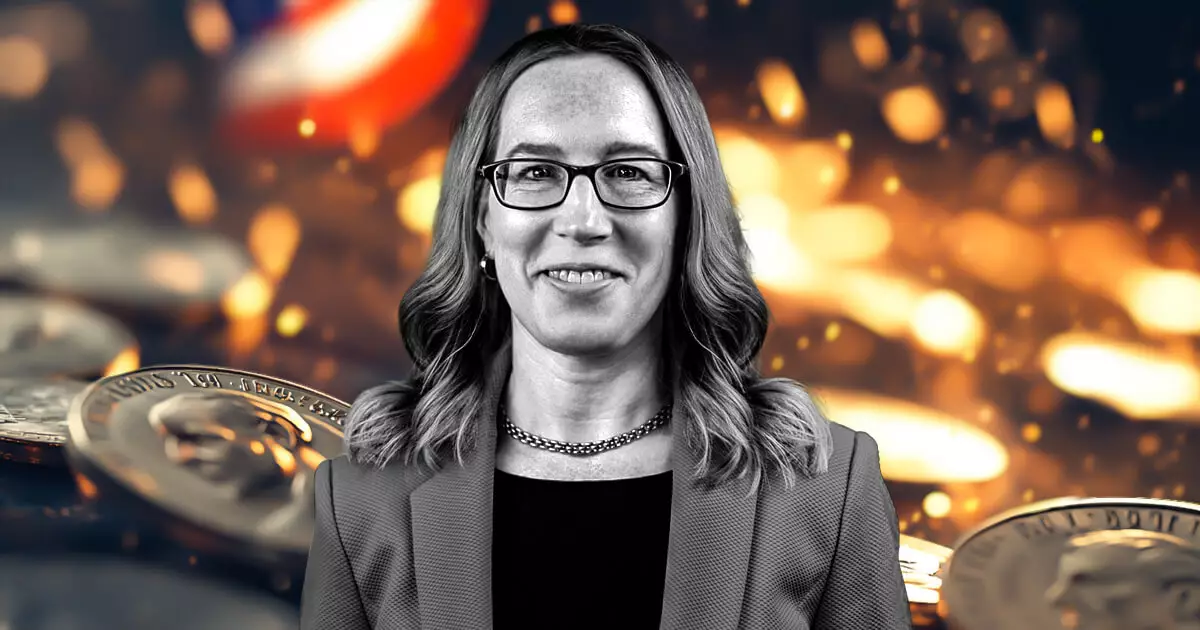The emergence of memecoins, cryptocurrencies heavily influenced by social trends and internet culture, has exposed significant gaps in regulatory frameworks in the United States. US Securities and Exchange Commission (SEC) Commissioner Hester Peirce recently highlighted that the existing laws fail to categorize these digital assets as securities. This raises important questions regarding the appropriate level of oversight. During a February 11 interview with Bloomberg, Peirce acknowledged that the majority of these tokens likely do not fit within the SEC’s current jurisdiction. Such assertions suggest the necessity for a legislative overhaul to better clarify the status of memecoins and the responsibilities of regulatory bodies.
Memecoins present unique challenges when it comes to regulatory classification. Unlike traditional financial products that have clear definitions under securities law, memecoins often exist as intangible assets rooted in community sentiment rather than explicit investment contracts. Leading voices in the crypto space, including White House crypto advisor David Sacks, argue these tokens could be more accurately labeled as collectibles. Sacks suggests they are akin to trading cards or stamps, valued predominantly for their cultural significance rather than financial return potential. This reclassification could have far-reaching implications for how these assets are managed and regulated.
As the SEC grapples with its authority over memecoins, alternative regulatory bodies like the Commodity Futures Trading Commission (CFTC) could play a crucial role in overseeing these assets. Given the speculative nature of memecoins, which often thrive on hype and viral trends rather than intrinsic worth, it may be appropriate for the CFTC to step in. Regulatory clarity could promote investor protection while encouraging innovation within the cryptocurrency market. However, any transition needs to be handled cautiously to prevent over-regulation, which could stifle a burgeoning sector.
Despite their speculative characteristics, memecoins have experienced an astonishing rise in popularity, capturing the imagination of the public and even influencing notable figures. The recent launches of memecoins by public personas, such as former President Donald Trump and his wife Melania, illustrate how deeply cultural trends are intertwined with the success of these tokens. Moreover, the Central African Republic’s introduction of its own memecoin on the Solana-based Pump.fun platform reinforces the idea that these assets are becoming more mainstream. Such developments indicate that memecoins are not simply a passing fad; they represent a significant shift in how digital assets are perceived and utilized.
As the digital asset landscape continues to evolve, it’s clear that memecoins will remain an integral part of the conversation. Their ability to tap into social media virality and cultural movements positions them uniquely within the larger blockchain ecosystem. Influencers and industry observers, like crypto influencer Ansem, predict that memecoins will persist as a prominent feature of the market, driven by continuous engagement and interest from consumers. The challenge now lies in developing a coherent regulatory framework that addresses these assets’ idiosyncrasies without stifling the innovation that characterizes the cryptocurrency industry. As we move forward, balancing oversight with the need for growth will be paramount in shaping the future of memecoins.


Leave a Reply